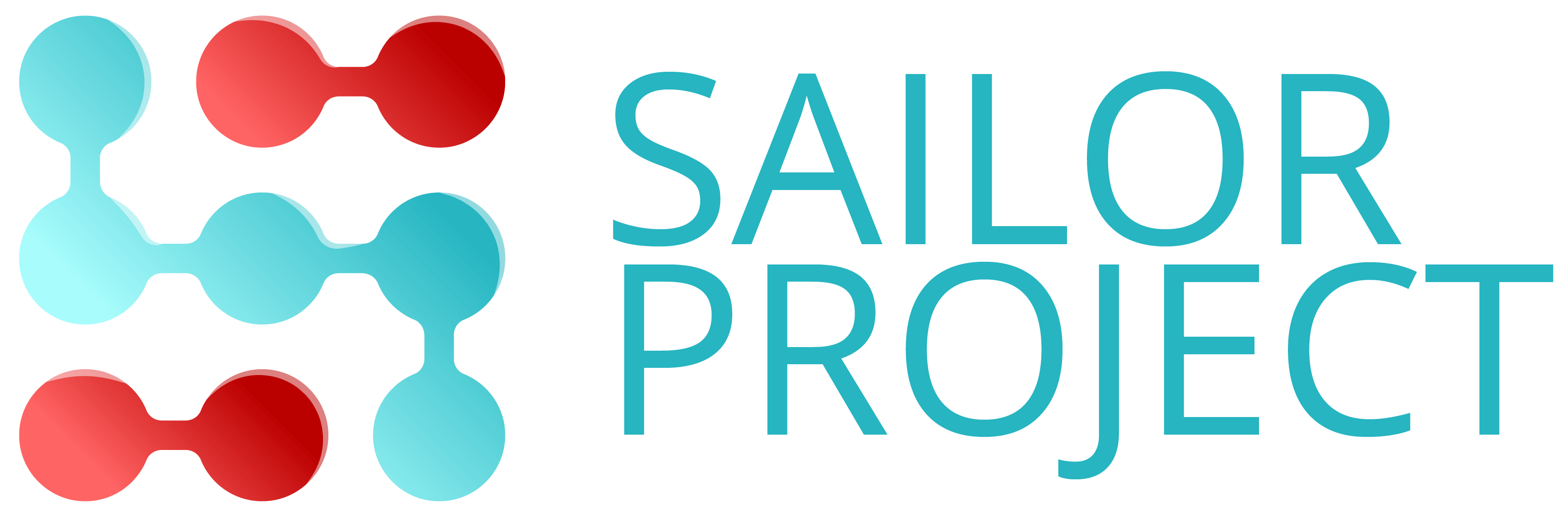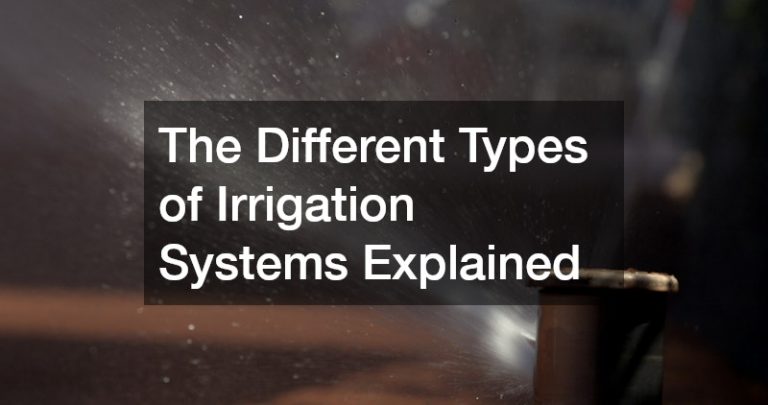Habitat for Humanity is a non-profit organization that offers innovative solutions to housing shortages in 50 states in America and more than 70 countries worldwide. By helping low-income families who need to access affordable housing, they create conditions where families can flourish and transform their lives. They believe that by providing families with affordable housing, they can build thriving communities of people who are more productive and have hope.
What the Habitat for Humanity Does
Habitat for Humanity offers workshops where community members can learn about housing development projects that exist in their communities. They help people who cannot afford to purchase a home at a current market value to access their own affordable home.
They collaborate and partner with microfinance institutions to develop and structure housing loans. But they do not leave it there. Once a new homeowner receives their housing loan, Habitat for Humanity offers to work with them and teach them how to manage their new home, how to make loan repayments without defaulting, and other life skills, including providing construction assistance. It means that people are equipped with the necessary skills and can help themselves. They do not rely on handouts and have the knowledge to tackle many problems, including basic building tasks like completing foundation repair.
Partnering With Local Professionals
In 2016, Habitat for Humanity held a Homebuilders Blitz event for a year. The main sponsor for the event was Ply Gem, a North American manufacturer of building products.
Many professionals donate their time and money to build, repair, or refurbish homes for people who need them. Small businesses also can get involved in the initiative. Anyone from a local metal roofer contractor to large construction companies helped build over 300 homes during the initiative.

Offering Modern High-Tech Solutions to Common Housing Problems
Habitat for Humanity offers partnerships with innovative entrepreneurs who put forward wildly innovative ideas like turning toothpaste tubes into construction materials in Mexico. They have also supported the initiative to use three-dimensional printers to help build homes in India. The first time they used 3-dimensional printing to build a home was in 2019 in Ypsilanti, Michigan, United States. The home was built in just 12 hours and cost $4000 less than a traditional home.
Their recent project involved creating a website to connect renters with people looking for co-living spaces in Kenya. This is another example of how using technology can help real people improve their real lives.
Another way they use technology to help people is after natural disasters. They use drones to survey the area and assess any damage. This method allows the identification of areas experiencing the most damage quickly, and the response teams can be prioritized accordingly. Their recent project involved helping survivors of Hurricane Irma in 2017 in the Florida Keys. The drones surveyed the damage and identified families that had been displaced and homes that needed to be rebuilt.
Habitat for Humanity is also committed to using sustainable building practices. One way they are doing this is by using local soil stabilizing initiatives. Soil stabilization is the process of increasing the soil strength and stability by compacting the soil and changing its density, permeability, porosity, and compressibility. This is important for building safe and durable homes.
Providing Safe, Sanitary Homes
Habitat for Humanity offers safe, sanitary homes for all families, regardless of income. They ensure that the construction of the homes is up to code, using high-quality building materials and carrying out regular home inspections. They also make sure that each house built has its own septic installation. On top of that, they educate the recipients on how to keep their homes clean and well-maintained.
Besides ensuring that the homes are built correctly, they also make sure that their homes are safer by adapting them to withstand local weather conditions. Like the homes they built in Haiti. Haiti is prone to earthquakes and hurricanes. Habitat for Humanity made sure those homes were built with concrete blocks and reinforced roofs to make them more resistant and withstand inclement weather conditions.

The ShelterTech Program
Habitat for Humanity offers the Shelter Tech Program, allowing access to more affordable building materials and technologies for families in need worldwide.
The Shelter Tech program partners with local concrete producers and offers discounts to Habitat homeowners to make the concrete needed to build their houses more affordable. They may even offer ready mix concrete delivery service.
The Terwilliger Center for Innovation in Shelter
The Terwilliger Center for Innovation in Shelter is a global hub for innovation in housing finance and construction. It is committed to building more inclusive housing markets by partnering with financial institutions, material manufacturers, and other organizations to develop and scale new solutions. The centre has helped over 27.8 million people access improved housing and unlocked US$7.9 billion in affordable housing finance.
They work with partners to develop and scale new housing finance and construction solutions. Low-income families then buy affordable houses. To ensure they can afford the homes, they are offered new mortgage products specifically designed for low-income borrowers.
The Terwilliger Center also advocates for the passing of policies that support affordable housing ventures at local, state and national levels. They worked tirelessly to pass the latest legislation to create tax credits for companies building houses for Habitat for Humanity patrons.
Lastly, the Terwilliger Center provides technical assistance and training to businesses working to build affordable houses. For example, the centre provides training on the correct technique of roof laying to local roofing contractors.

Solar Power Options for Homeowners
Habitat for Humanity offers partnerships with local solar companies to provide solar energy to homeowners at a discounted price. Habitat for Humanity offers several financial assistance programs to help homeowners afford solar panels.
For example, in California, Habitat for Humanity partners with the SunPower Foundation to install solar panels on Habitat for Humanity homes. In Florida, Habitat for Humanity partnered with the Solar Energy Industries Association and in Texas, they worked with the Tesla Foundation to install solar panels on Habitat homes. These partnerships help homeowners save money on their electricity bills, reduce their reliance on fossil fuels, and reduce their environmental impact.
Habitat for Humanity is committed to helping homeowners to go solar. By partnering with local solar companies and offering financial assistance programs, they make solar power more accessible and affordable for everyone.
Making Homes Safer Through Modernization
Habitat for Humanity offers safer homes by using modern building materials and technologies to construct houses. Constructing structurally sound homes resistant to natural disasters ensures that homeowners will not lose everything the next time a severe storm hits their area.
They also install energy-efficient appliances and electrical systems in their homes. Making sure they employ local qualified electricians to install all their Energy Star-rated appliances, they provide homes that are comfortable and safe. They also only employ qualified electricians to install solar panels on all their homes.
Habitat for Humanity prioritizes veterans as recipients of their homes. Taking advantage of all the new technologies and developments in modern treatment methods for disabilities, they help disabled veterans live in their own homes. For instance, their homes have wider doorways, are built on a single level (no stairs) and have grab bars securely fitted in as many places in the home as needed. Their showers also benefit from modernization by installing roll-in shower cubicles to allow veterans who use wheelchairs to live independently.
Making sure that each homeowner is not left alone to their own devices but educated on home safety and safe maintenance practices they help recipients keep their homes safe for their families. The topics covered in the teaching materials include fire safety, prevention of carbon monoxide poisoning, and pest control.

Repairing Wasteful Leaks With Modern Materials
Habitat for Humanity offers a helping hand to homeowners when it comes to repairing wasteful leaks. They help homeowners save money on water bills by installing smart water meters and providing discounts when they need help from a local plumber to fix the problem.
If the leaks are small enough, the homeowner may attempt to fix the problem themselves by using the following products:
Pipeliners – it’s an innovation to repair leaky pipes that can be inserted inside the pipe without having to dig up the pipe. The pipe liners are made of various materials, including epoxy, felt and PVC. In Texas, pipe liners were used to repair leaky pipes in homes damaged by Hurricane Harvey.
Leak sealants – another modern material to seal leaky pipes. If the leak is small, it may be repaired by application of a sealing material. The sealants are made from silicone, acrylic, and polyurethane. Habitat for Humanity used these products to seal pipes in Florida in homes located in areas prone to flooding. The sealant protects the pipes from water damage.
A more proactive way to prevent wasteful leaks is to install smart water meters. They will detect any leaks in water pipes and alert the homeowner immediately. This prompt alarm will prevent leaks from going unnoticed for some time and wasting precious water. Once the homeowner is alerted to a leak, they can take action to stop the leak. These smart meters are installed on all newly built homes in California as the area is experiencing drought conditions. The action will help reduce their environmental impact.
Nothing lasts forever, and sometimes, a repair will not suffice to stop a leak. In those cases, the whole pipe will need to be replaced. Habitat for Humanity, through its network of partnering suppliers, can provide a discount price for a low-income homeowner. This ensures that the pipes will be replaced promptly. Habitat for Humanity also helps in other ways by replacing old lead pipes with new copper ones, as they did in some of the New York neighbourhoods.
Automating Home Equipment for Disability Support
Habitat for Humanity offers automation solutions and home equipment for people living with disabilities to ensure that they can live independently and have a better quality of life.
The way they automate their homes for disability support includes:
Voice-activated controls – Habitat for Humanity builds homes with voice-activated controls installed. It makes life for people with disabilities easier by allowing them to control their home equipment without using their hands or fingers. For example, disabled people can use voice-activated controls to turn on the lights, open and close the curtains, and adjust the thermostat. Even people with spinal cord injuries can control their home equipment with this innovation. It makes a big difference in their lives by making them more independent of carers.
Motion-sensor controls – Motion-sensor controls in homes allow people with disabilities to control their home equipment without touching anything. For example, the technology can turn on the lights when entering a room and turn them off when the person leaves the room. This adaptation is great for people living with cerebral palsy. They no longer need their muscles to control their home environment.
Smart home devices – Smart home devices allow anyone to control their home equipment remotely from anywhere in the world. People can turn off the thermostat when they go to work and turn it back on on their way home. It saves electricity by not wasting heating on an empty house. The security system can also be connected to the smart home device as well as the new garage door. Being able to drive a car into the garage without getting out of the car is a great help to many people living with disabilities.
Adapted home equipment – Since Habitat for Humanity builds homes for individuals, it stands to reason that they would adopt home equipment to suit the occupant. Especially if the occupant is disabled. For example, if the recipient of the home is in a wheelchair, they may install lower kitchen counters, build wider doorways, or install grab bars in bathrooms.
Habitat for Humanity is a global non-profit organization founded in 1976. They offer affordable homes for low-income families because they believe everyone deserves a decent place to live. Habitat for Humanity works with local communities in America and worldwide. Through partnerships with the organization, families and individuals can build, improve, or refurbish existing homes alongside volunteers. Habitat for Humanity empowers people by providing shelter.





